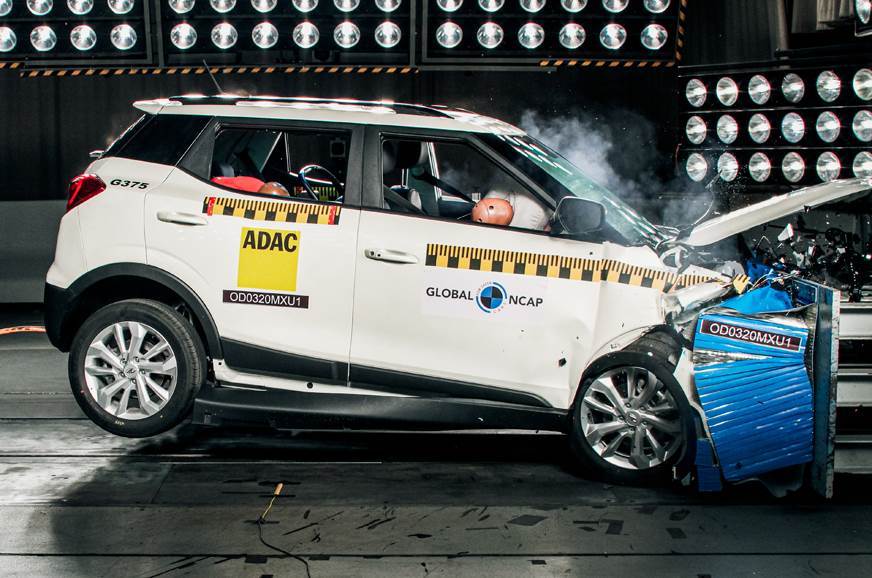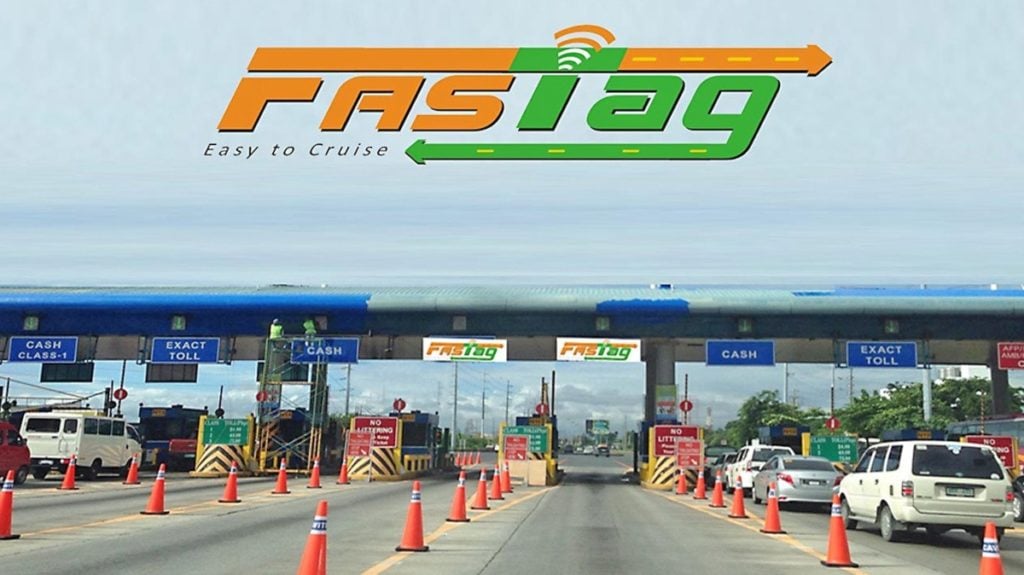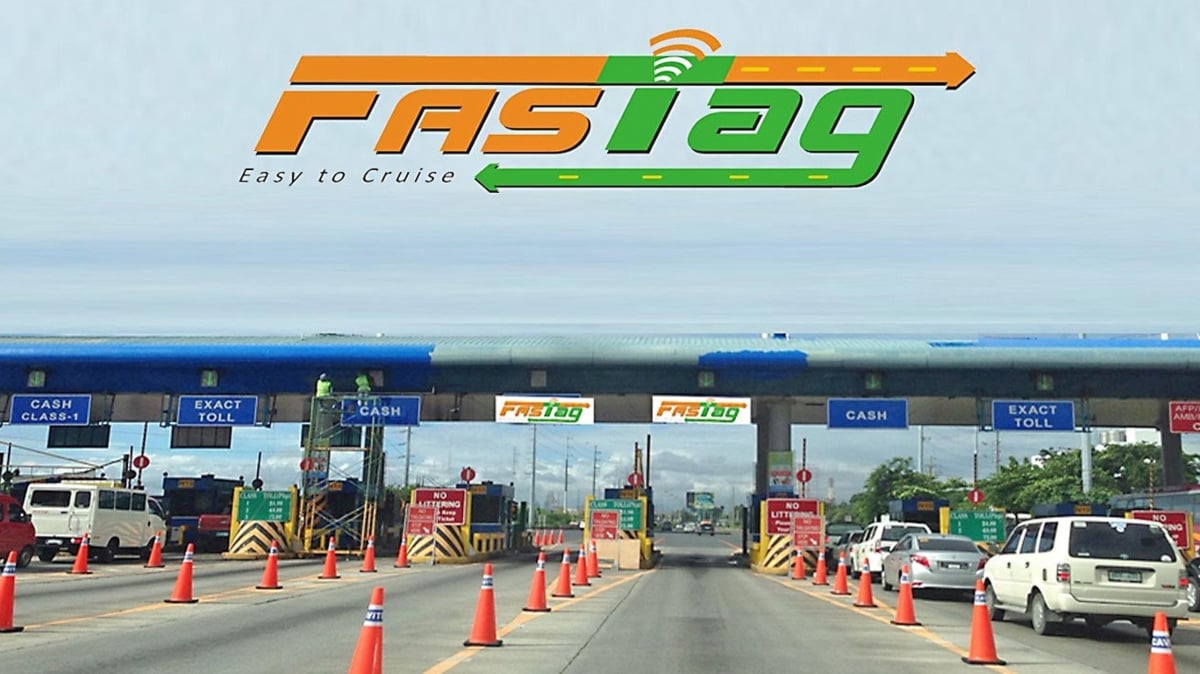India is one of the largest car manufacturers and markets in the world. And it is growing at a rapid pace to overtake other developed nations in terms of the sheer volume of the automobile market. More and more first-time buyers are appearing on the scene every day. This has prompted a ton of foreign companies to enter our market which is full of promise. This has made our segments very competitive, which translates to customers benefitting from all the features that companies are forced to offer at a competitive price to beat the rivals. Our homegrown brands, Tata and Mahindra have also contributed a lot to this in offering customers a whole host of safety features. Tata started the trend of safety in India and Mahindra followed it. Making the safest cars in India, as certified by the Global NCAP safety ratings, these automakers have made the people aware of the relevance of safety in vehicles. Now the customers have grown conscious of what the safety rating of their vehicle is. The Government of India has also been working relentlessly to improve the safety standards of our automobiles, as well as, the efficiency of road transport n general. We take a look at some of the initiatives by the Govt. to achieve just that.
Also read: How do cars get NCAP safety ratings?

Mandatory FASTag from February 15, 2021
The introduction of the FASTag back in 2016, was aimed at facilitating the flow of traffic on Indian roads. The point of it was to remove the manual work done at the toll booth by the workers and make the entire process automated. This would remove the possibility of manual errors and people trying to get away from paying the toll fee. However, the government extended the deadlines a number of times so that every car has a FASTag. Now, the last date has arrived and it will not be extended. Any car which doesn’t have the FASTag from February 16, 2021, will have to pay twice the amount of the car according to the category of vehicle as a penalty. This is a must for smooth toll collection and to avoid any foul play. We welcome this decision and hope that this affects our traffic conditions in a positive manner.

Safety Features
Addressing a seminar organized by the Society of Indian Automobile Manufacturers (SIAM), the secretary of the Ministry of Road Transport and Highways (MoRTH), Giridhar Aramane raised concerns over the safety standards followed by the car manufacturers in order to keep the costs in check. The Govt. already made dual airbags, ABS, seat belts with pre-tensioners and parking sensors mandatory in all new cars to promote safety. Now, it wants to make more safety kit necessary to prevent fatalities on roads. The data shows that a lot of fatalities on roads are avoidable by a better quality of cars and safety features. As buyers, we must opt for and demand more safety features as standard from the OEMs to make our roads a bit safer than what they are at the moment.
Also read: Safest cars in India under Rs 10 lakh according to Global NCAP ratings!
Vehicle Scrappage Policy
We have already covered in detail what the policy means and what are its characteristics. Without going too much into the details, let us see what difference will it make once implemented. Under this policy, automobiles older than 20 years (for private users) and 15 years (for commercial users) will have to be given up for scrappage, if they fail the fitness tests. There are millions of automobiles lying decayed and rusted on our roads. This has posed some serious health hazards to the people and safety issues to the drivers on the road. Once this policy comes into effect, all these vehicles will be removed from our roads, improving the traffic flow and safety on the roads.
The government is doing its part, but we must be self-conscious of the safety aspects of driving and vehicles. We advise every driver to follow the traffic signs and make sure that you wear helmets and seat belts. This is the first and foremost thing to do to take care of our families.


